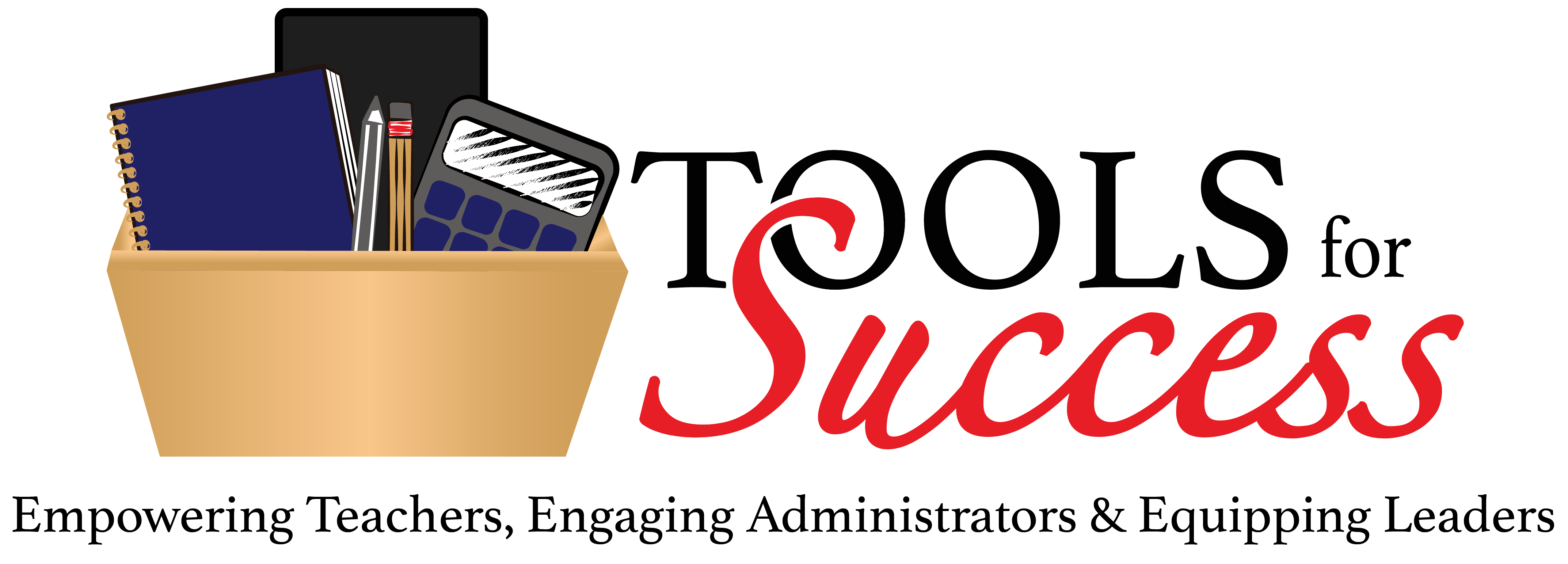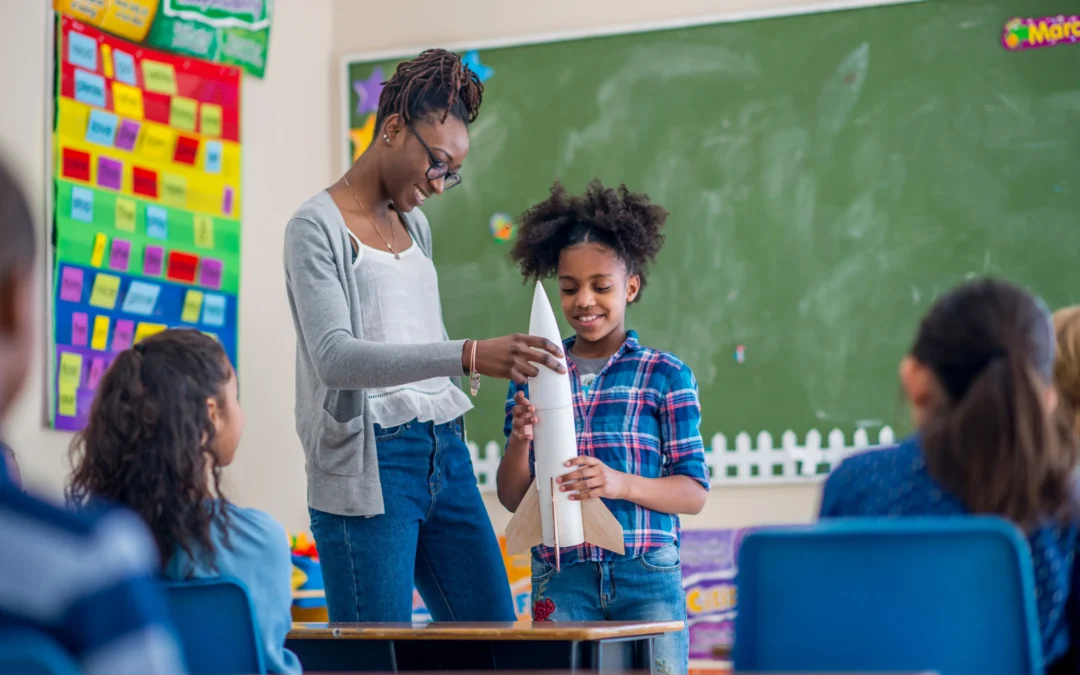As educators, we’re always looking for ways to ensure our students thrive. But how do we know if they’re truly grasping the material? How can we support them before it’s too late? The answer lies in effective assessment.
Assessments aren’t just about grades—they’re about understanding, growth, and guiding students toward success. By using a balanced mix of formative and summative assessments, we can create classrooms that empower students to learn, improve, and achieve their full potential.
Let’s dive into what these assessments are, how they work, and how you can use them to enhance student learning at every grade level.
Formative Assessments: Guiding Learning in Real Time
Think of formative assessments as GPS checkpoints—they help you see where your students are, adjust your teaching, and keep everyone on track.
Unlike traditional tests, formative assessments happen during learning, allowing students to process information, ask questions, and improve along the way. These low-stakes, informal assessments help teachers identify student strengths and struggles early on—so they can provide the right support at the right time.
Formative Assessment Ideas for Every Grade Level
📌 Elementary School: Use exit tickets—a quick, one-sentence reflection on what they learned and what they’re still wondering about. This simple tool guides the next lesson and ensures no one gets left behind.
📌 Middle School: Try Think-Pair-Share—students think about a question, discuss it with a partner, then share with the class. This strategy encourages collaboration and gives teachers insight into student understanding.
📌 High School: Use interactive online quizzes like Kahoot or Google Forms. These provide instant feedback, helping students self-assess and allowing teachers to adjust instruction before big assessments.
Why It Works: Research shows that frequent, low-stakes assessments boost retention, engagement, and confidence. When students know they have chances to practice and improve, they take more risks and deepen their learning.
Summative Assessments: Measuring Mastery
Summative assessments are like a final destination—they show how far students have come after a unit, semester, or course. These higher-stakes assessments help evaluate learning, measure progress, and determine if students are ready to move forward.
But here’s the key: Summative assessments should never feel like a surprise or a “gotcha” moment. They should align with what’s been taught and reflect skills students have practiced through formative assessments.
Summative Assessment Ideas for Every Grade Level
📌 Elementary School: A unit test in math (e.g., addition and subtraction) helps teachers see if students have mastered key concepts before moving on to multiplication.
📌 Middle School: A science fair project that requires students to apply the scientific method, conduct experiments, and present their findings assesses both content knowledge and critical thinking.
📌 High School: A final literature exam that evaluates comprehension, analytical skills, and understanding of literary themes ensures students can apply their knowledge in meaningful ways.
Why It Works: Well-designed summative assessments validate learning, celebrate progress, and provide clear benchmarks for growth. (Source: IES)
Using Formative and Summative Assessments Together
The most effective classrooms don’t rely on just one type of assessment—they use both, strategically.
Formative assessments act as checkpoints, ensuring students have the support they need before reaching major assessments.
Summative assessments measure progress, giving a clear picture of student learning and guiding future instruction.
Example in Action:
A middle school teacher notices that students struggle with writing thesis statements based on formative assessments. Instead of waiting until a final essay to evaluate them, they adjust instruction, providing mini-lessons and practice opportunities. By the time the final essay is due, students are ready—and confident.
Empowering Students Through Assessment
The goal of assessment isn’t just to grade—it’s to guide. When we use assessments effectively, we:
- Give students frequent feedback so they can improve.
- Adjust teaching methods to meet students where they are.
- Create a classroom culture that values growth over perfection.
Want more insights on how to use formative and summative assessments effectively? Watch this powerful video from Tools for Success CEO Cathy Tooley:
Formative and Summative Assessments Explained
Let’s commit to assessing with purpose, teaching with intention, and helping every student succeed.
Which assessment strategy will you try this week? Let’s share ideas and support each other in the comments!

